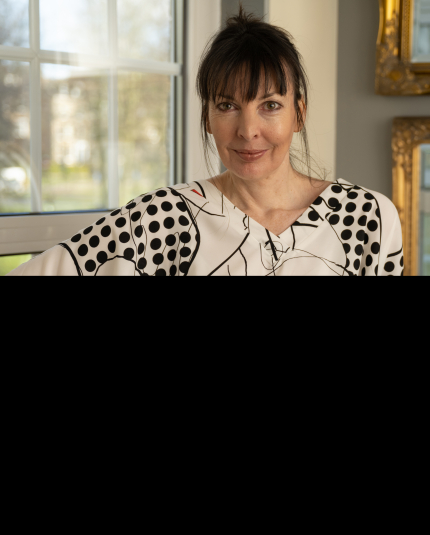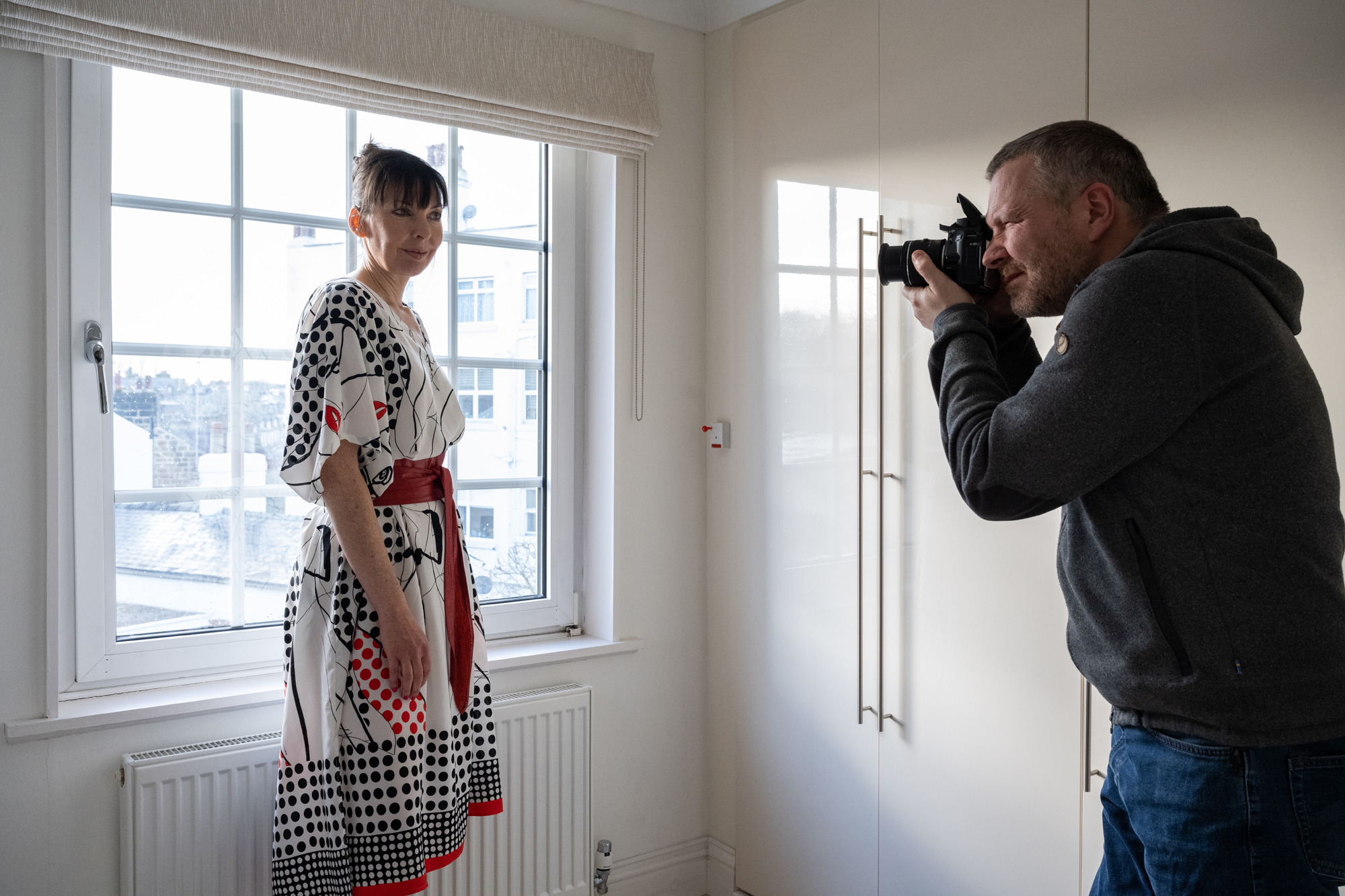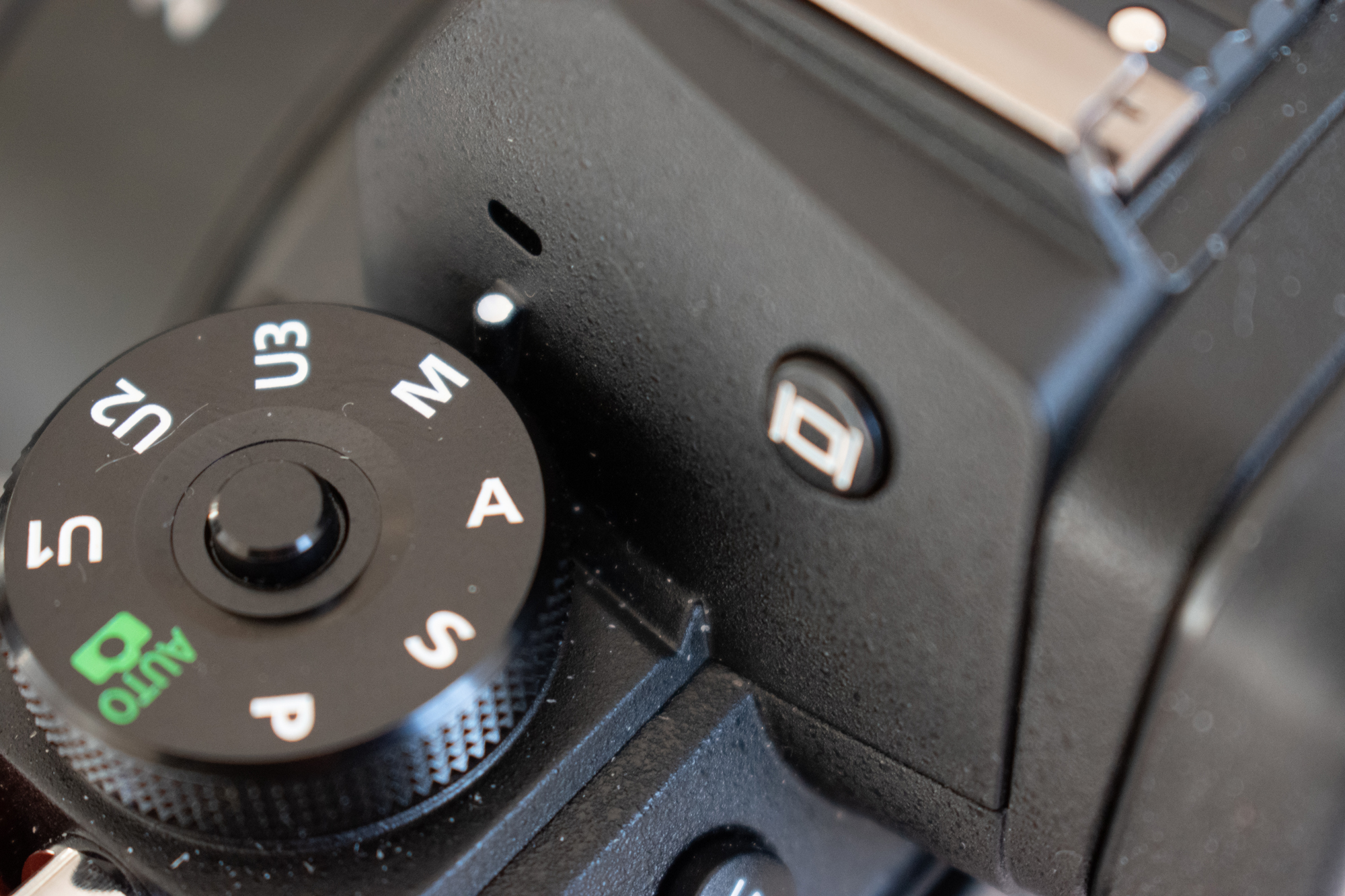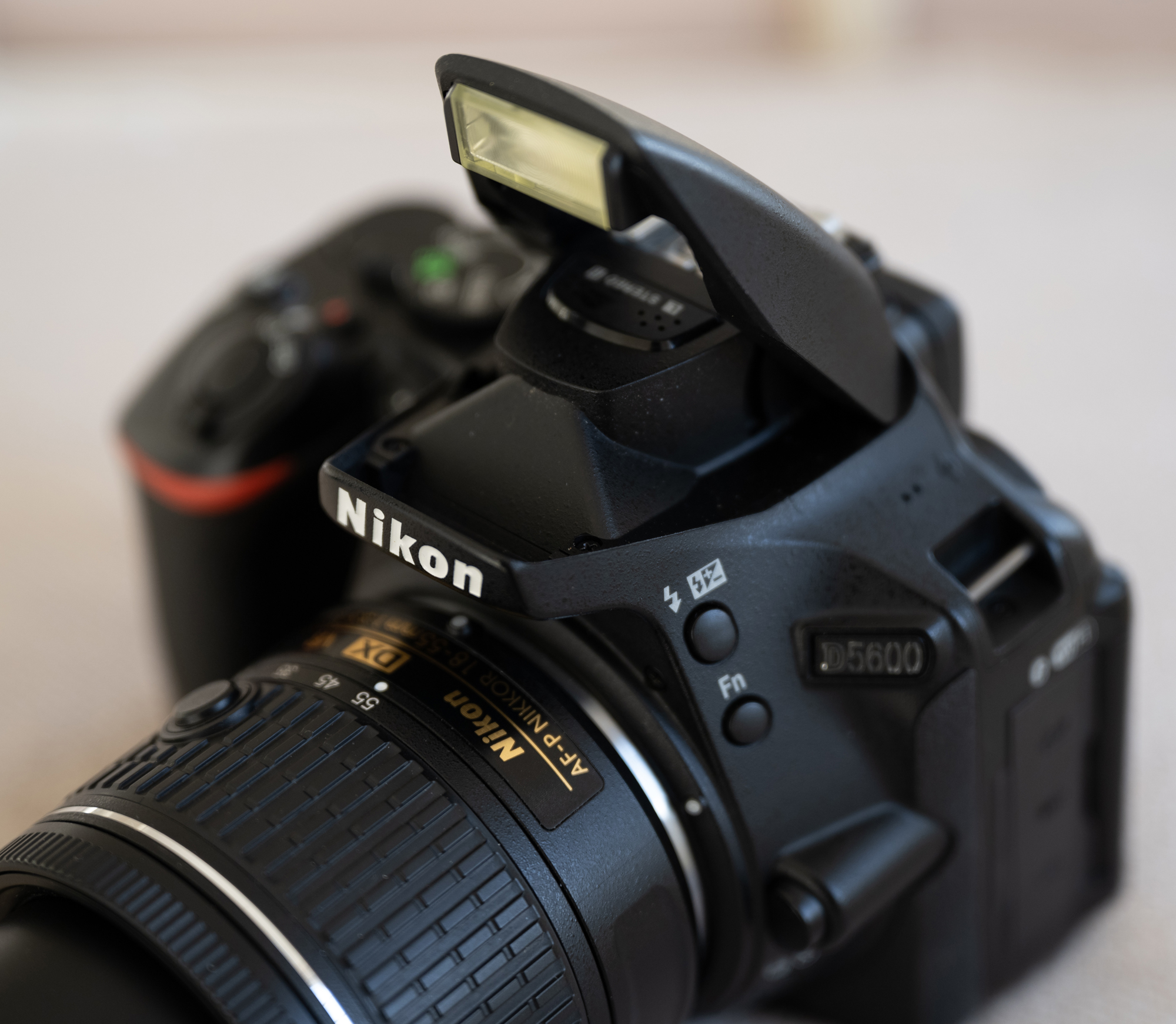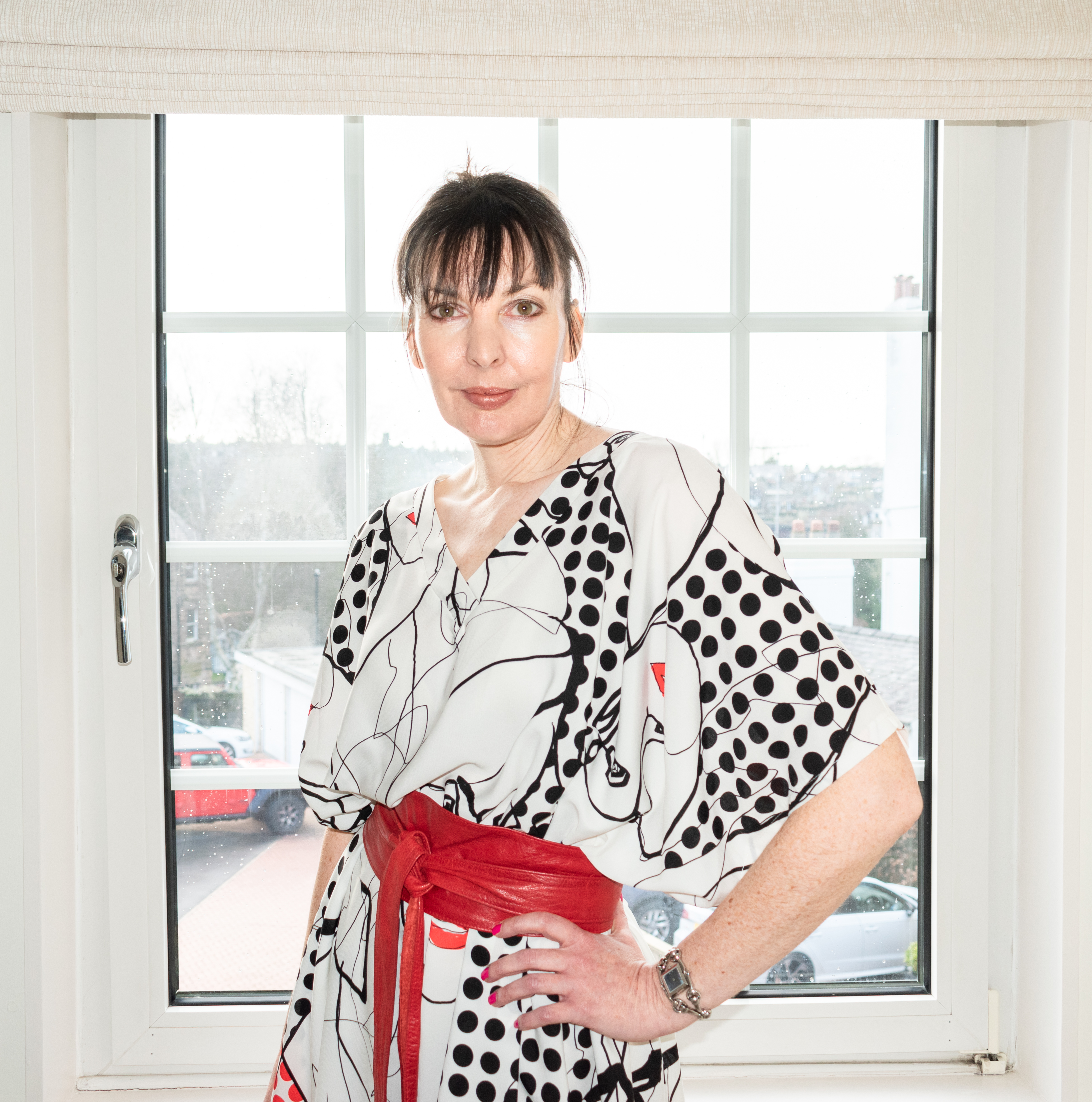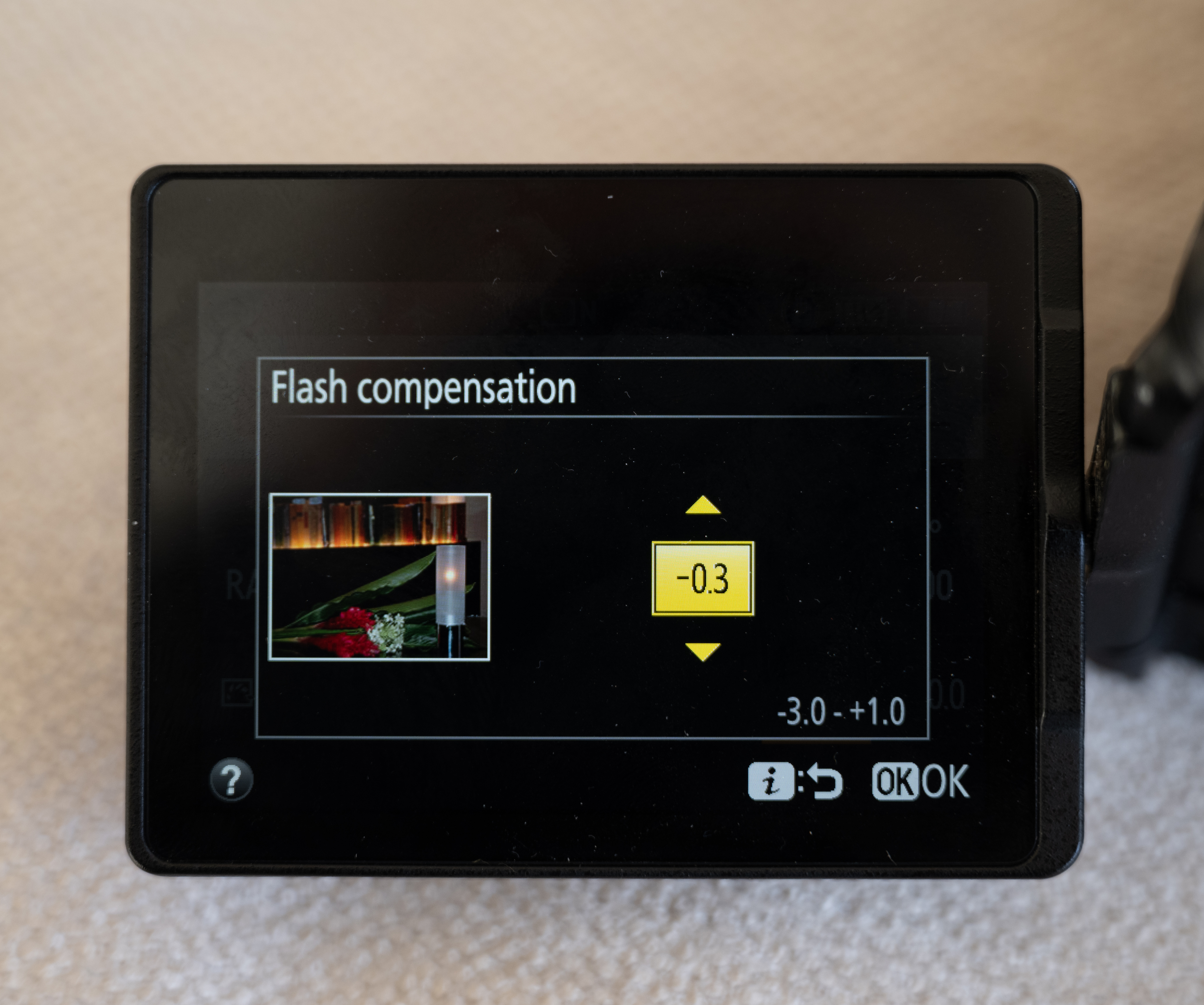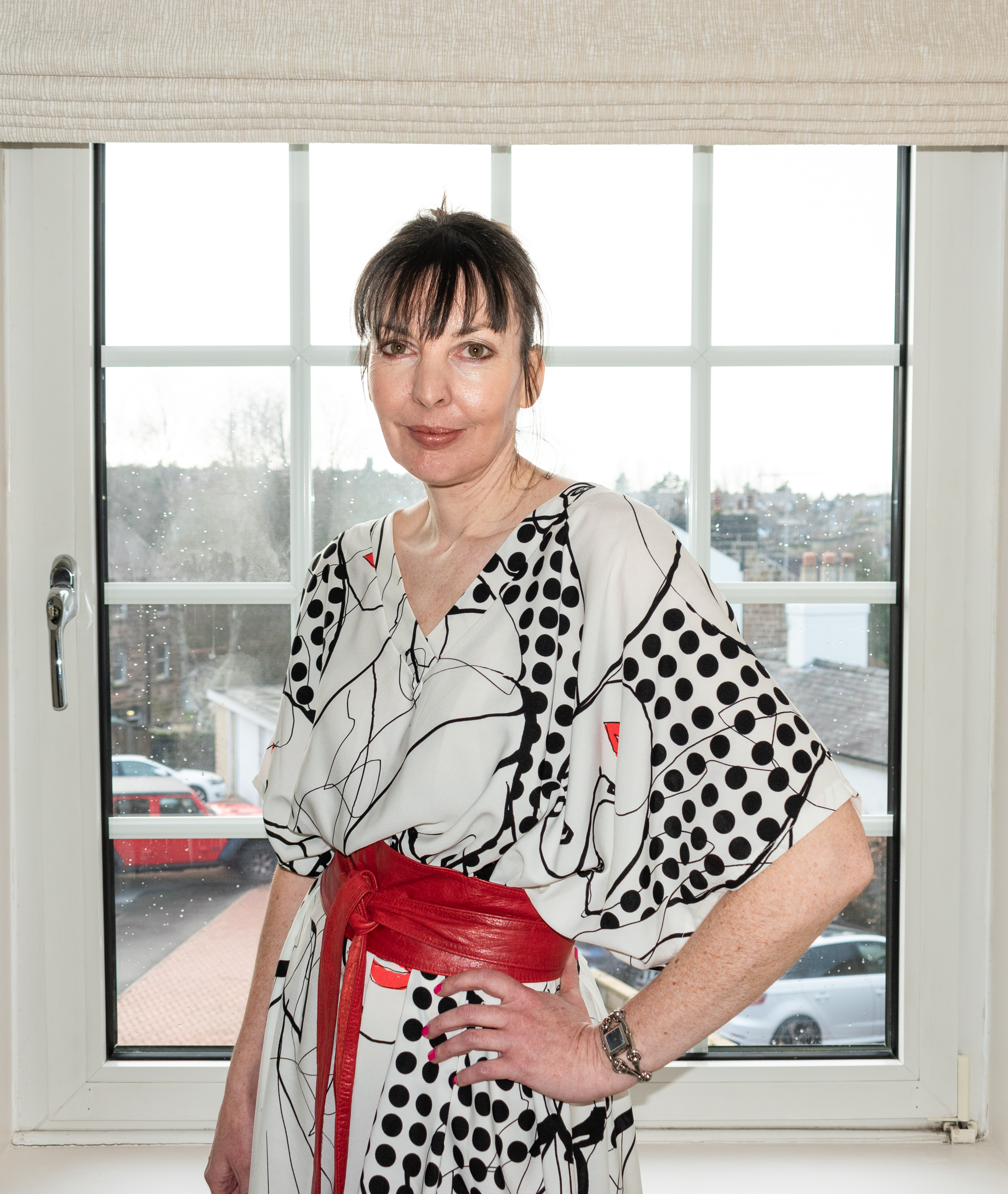Good flash photography is more than adding light to a dark scene. Flash is a very versatile photographic tool for freezing fast-moving subjects, providing extra light when it’s too dark to handhold your camera, balancing your exposure in bright daylight, and even controlling other compatible flashes.
When used correctly, flash lets you add a huge amount of creativity and depth to your images regardless of the light conditions you’re shooting in. On-camera flash is good, off-camera flash is even better – but let’s get to grips with on-camera first!
Flash can seem daunting and complex, but in reality it’s really easy to use. It’s simply a matter of balancing the ambient light in the scene with the flash light you’re adding. The trick is to treat them both as separate light sources and build your exposure individually for each one.
Your camera modes will determine the control you have over ambient and flash light. When you’re using flash for the best images, it’s best not to rely on the auto modes as they only activate the flash in low-light situations. While you can use aperture priority or shutter priority, manual mode will give you the most control over both ambient and flash of light.
To build a good flash image, this simple technique for setting an ambient light exposure works everywhere and with varying light levels:
1. In manual mode, start at ISO 100 or 200, a shutter speed of 1/200sec and around f/4 or f/5.6 to set a reference exposure or frame for the ambient light level.
2. If you want more of the ambient light in the scene, control this by raising your ISO or lowering your shutter speed. You might need a tripod if the shutter speed goes below your handhold limit or breaks the reciprocal rule (i.e. if it’s less than the focal length you’re shooting at).
3. Change your aperture to achieve the exact depth of field you require.
I often build from a completely dark, deliberately underexposed reference frame, with the only light in the scene coming from my flash. This means I have complete control over the light direction as well as the quantity, quality and colour of light illuminating my subject.
Fill flash is the standard way to use flash – it’s ideal for eliminating harsh shadows on a face or stopping your subject from becoming a silhouette if it’s backlit. The camera settings give you the ambient light exposure, while the flash illuminates your subject. Through-the-lens (TTL) flash will automatically work out the power of the flash required for your subject and is usually very accurate. However, sometimes you’ll need to use flash exposure compensation (FEC) to fine-tune the flash output up or down – this is handy if the TTL flash exposure isn’t bright enough or has overexposed your subject.

